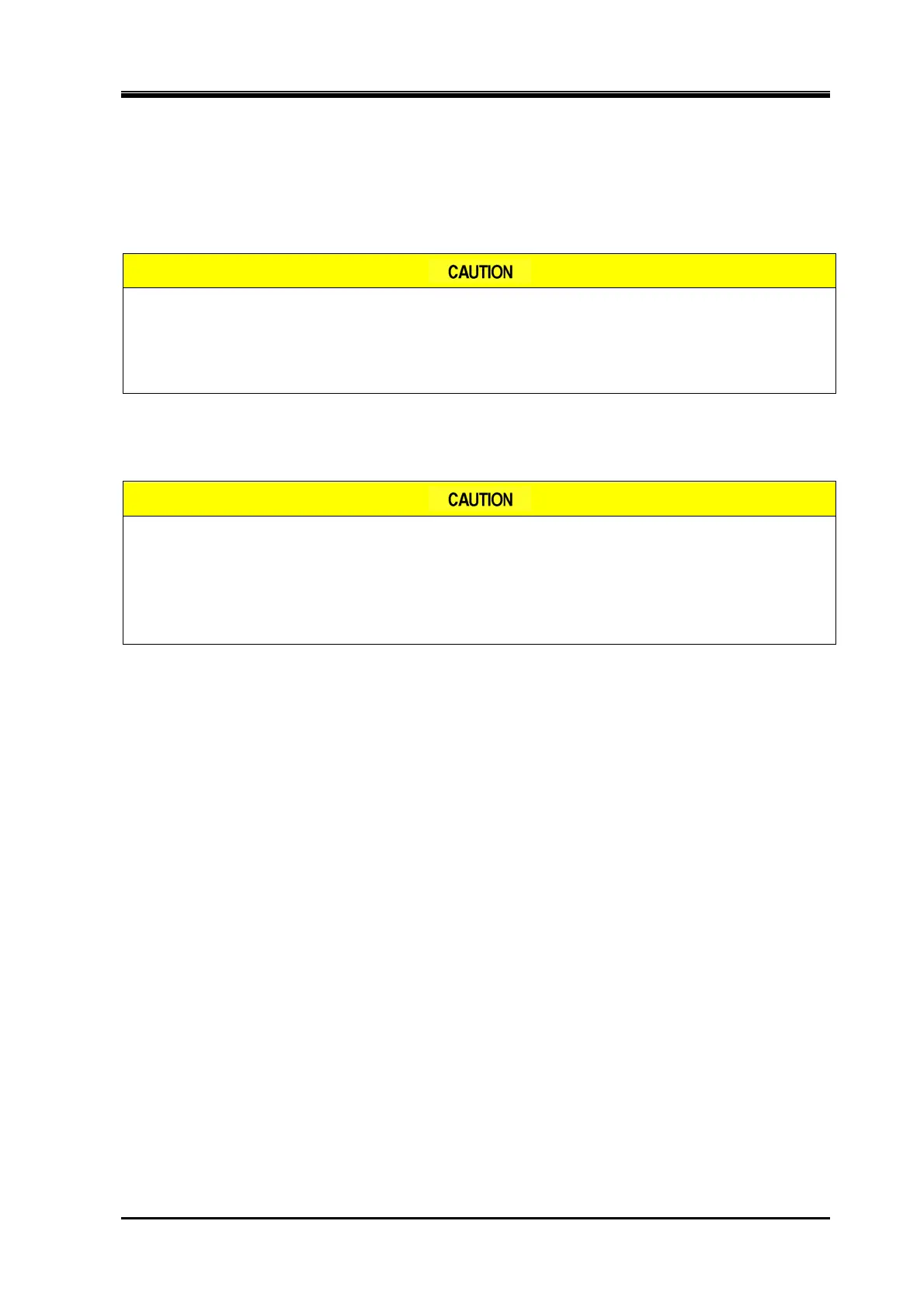2205B0JE-DA-J-N_2014.05.
Screw Compressor J-series Appendix 1.1 Precautions for Design of the Compressor Package
Appendix1-3
Oil Cooler
The oil cooler must have adequate capacity to sufficiently dissipate heat from the oil.
The oil cooler must be designed with minimum pressure loss.
Some of oil cooler types are: 1. water cooling, 2.Thermosyphon, 3. direct expansion.
Large pressure loss may lead to insufficient supply of lubricant. In other cases,
lubrication problems may occur inside the compressor due to the vaporized
refrigerant gas from the lubricant (refrigerant gas that may have dissolved (or
mixed) in the lubricant.)
Instead of using a shell and tube or plate and frame oil cooler, oil may be cooled by supplying liquid
refrigerant to the compressor (liquid injection system). In this case, liquid injection flow rate must be
controlled so that the discharge superheat is maintained at an appropriate temperature.
Notice that excessive liquid injection may cause the lubricant in the oil separator
to foam, resulting in excessive oil carried away from oil separator and insufficient
lubrication to the compressor components.
In other cases, refrigerant solution in lubricant may reduce the lubricant
viscosity.
Oil Pipe Installation
The J-series requires the following three oil lines: lubrication, oil injection, and unloader/variable Vi
system oil lines.
1) Lubrication oil line
For the lubrication system, an inlet port of ANSI #300 1” (common in J-series) is provided on
the bearing head and another inlet port of Rc1/2 (170J), Rc3/4 (220J), or ANSI #300 3/4”
(280J) is also provided on the suction cover.
Because the J-series uses hydrodynamic bearings, it requires pre-lubrication before start-up.
Therefore, a pre-lubrication pump must be installed. Note, the supply lubricant line located
upstream of the pre-lubrication pump must be installed with a check valve.
2) Oil injection oil line
For oil injection, an inlet port of Rc1/2 (170J), Rc3/4 (220J), or ANSI #300 1 1/4” (280J) is
provided on the male rotor side of the main rotor casing and should be used in normal cases.
(In some cases when the discharge temperature is higher than limit temperature, the female
rotor side injection port may be used at the same time.)
The oil injection line must be installed with a check valve to prevent reversed flow.
3) Oil line for the Unloader, Vi cylinder
For 170J/220J-series, an Rc1/2 port (interchangeable with NPT1/2) for oil supply to the
unloader and Vi cylinder is provided on the male rotor side of the unloader cylinder. The oil
outlet port for the unloader and Vi cylinder is an Rc1/2 port on the female rotor side.
For 280J-series, connect between the ports (4 places) with corresponding ports of the
solenoid valve.
Make sure that the oil line is connected to the suction line located upstream of the suction
flange which is integrated with suction check valve.
